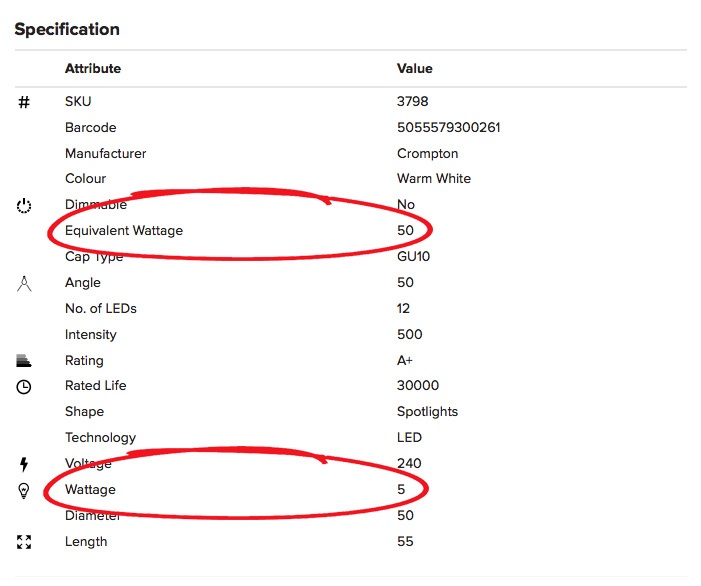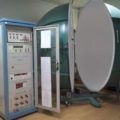So what’s a Watt?
Ever since the advent of the incandescent light bulb, the standard for defining a light bulb’s brightness has actually been a unit of power – the Watt. This was based on the assumption that a light bulb’s consumption was roughly proportionate to its output.
For the most part, this did the job. For example, Crompton Lamps’ light bulbs that consumed 100W produced roughly the same amount of light as 100W light bulbs made by Philips or Osram. The same applied to 60W light bulbs, and 40W light bulbs and the world kept on turning.
The Problem
However, the proliferation of low energy technologies and in particular LED light bulbs has completely skewed this model. These days, a 6W LED light bulb can produce the same level of brightness as a 60W filament light bulb and so the two are now no longer even remotely comparable.
This has introduced a need for a standard that is based directly on the metric it is intended to portray rather than a loose set of assumptions. Enter, the lumen.
The Transition
As most of us are unaware of lumen output figures, the industry thought ahead and modern light bulbs CAN be compared to their incandescent forbears in terms of wattage. Any LED light bulb that is manufactured today bears an ‘equivalent wattage’ either in its product description or on its packaging. It allows us to bridge the gap between two technologies and makes it easier to understand how the brightness of a clean, efficient LED compares to that of its traditional equivalent.
The ratio usually works out at about 10%, though this figure will continue to fall as LED becomes even more efficient. This serves as a useful rule of thumb when deciding which LED light bulbs to buy in way of a replacement for incandescent light bulbs. Are you replacing a 60W light bulb? Look for something around the 6W mark. 40W? You get the picture.
Again, this is by no means a certainty, but it’s a useful rule of thumb. Checking the packaging or product description for that magic equivalent wattage is a sure-fire way to make sure you don’t go wrong, though…

The above graphic is taken from our Crompton 5W LED GU10’s spec sheet and highlights how a light bulb’s equivalent wattage can be used to gauge its brightness.
What are lumens, then?
If LED light bulbs are the modern technology designed to replace traditional light bulbs, the lumen is the modern metric designed to measure its efficacy.
As I alluded to above, lumens are based solely on a light bulb’s light output rather than the energy it consumes and therefore represents a much more accurate unit of measurement. Using the equivalent wattages above as an example: if you were to compare the lumen values of a traditional 50W light bulb and 5W LED equivalent, it’s likely the two figures would at the very least be similar, if not exact.
Conversely, comparing two light bulbs with EXACTLY the same lumen output would probably yield comparable equivalent wattages.
Ultimately, many will continue to use equivalent wattages as a measure of a light bulb’s brightness as long as they can. I do it myself. However, as things progress and incandescent light bulbs fade further and further into the past, it’s no stretch to imagine that the Watt will fade along with them and eventually find itself consigned to the doldrums (as a measure of brightness, at least).
For a fuller explanation about lumen lights read our Lumens v Watts article, or, get in touch with a member of our team today on 01494 723286.




